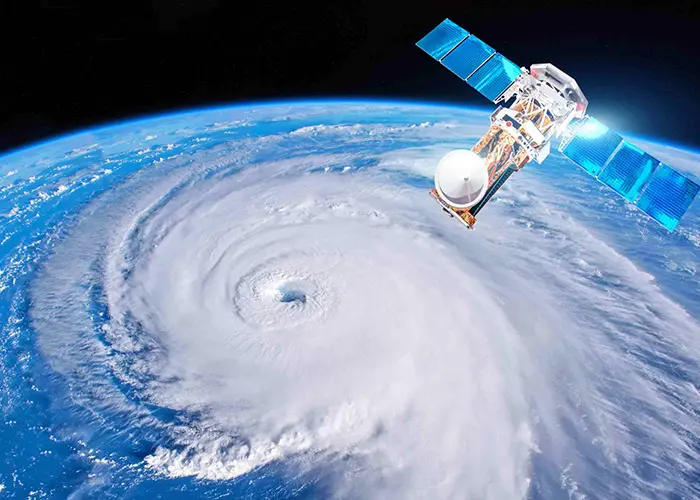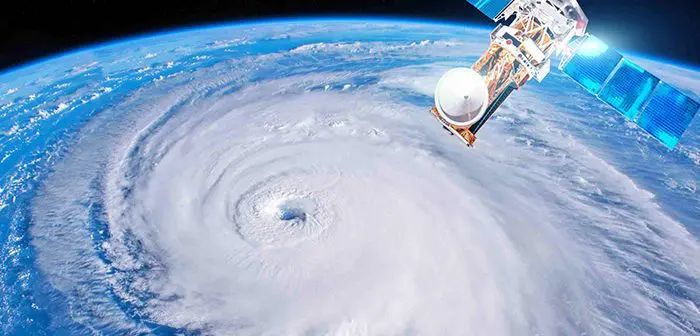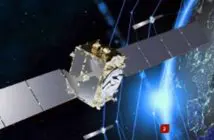
NASA has announced the universities and researchers who will run concept studies of missions to investigate the space weather systems surrounding Earth and how they connect to the planet’s atmosphere.
The three concepts proposed will look at how to enact the DYNAMIC (Dynamical Neutral Atmosphere-Ionosphere Coupling) mission, which was recommended by the 2013 Decadal Survey for Solar and Space Physics.
The DYNAMIC mission is designed to study how changes in Earth’s lower atmosphere influence the planet’s upper atmosphere, where space weather like auroras and satellite disruptions manifests.
Among other things, DYNAMIC will help NASA understand how space weather can interfere with crucial technology like navigation systems and satellites.
The DYNAMIC mission will make measurements within Earth’s upper atmosphere between about 80-200 kilometres in altitude. With multiple spacecraft, DYNAMIC’s simultaneous observations from different locations can give scientists a more complete picture of how waves propagate upwards through this part of the atmosphere.
“Earth and space are an interconnected system that reaches from the heart of our solar system, the Sun, to the lowest reaches of the atmosphere where we live and extends to the edge of our heliosphere – the boundary of interstellar space,” said NASA’s Nicola Fox.
The selected concept teams are:
- University of Colorado, Boulder, led by principal investigator Tomoko Matsuo. Key partners include Johns Hopkins University Applied Physics Laboratory, NASA’s Jet Propulsion Laboratory, and Massachusetts Institute of Technology’s Haystack Observatory.
- University of Colorado, Boulder, led by principal investigator Aimee Merkel. Key partners include BAE Systems and the Naval Research Laboratory.
- Virginia Polytechnic Institute and State University, led by principal investigator Scott Bailey. Key partners include Southwest Research Institute, Space Dynamics Laboratory, Global Atmospheric Technologies and Sciences, and Computational Physics, Inc.
NASA’s 2023 financial year’s appropriation directed NASA to initiate this study’s first phase. As the first step of a two-step selection process, each proposal will receive USD2 million for a concept study. NASA solicited missions with a cost cap of USD250 million, which does not include the launch. The studies will last nine months.
“While space weather can spark the beautiful auroras across our skies, it also has the potential to cause disruptions for us here on Earth and can be dangerous for our spacecraft and astronauts in space,” said Fox. “The DYNAMIC mission will expand our understanding of how Earth itself shapes space weather events that influence our home planet.”





